Naturhistorisches Museum Bern
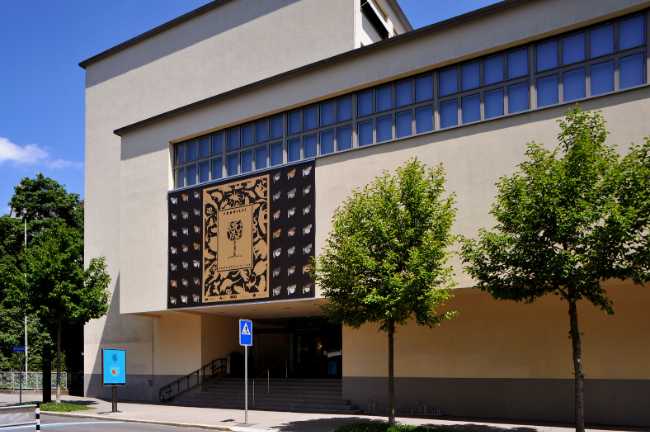
The Naturhistorisches Museum Bern is one of Switzerland’s most renowned natural history museums, offering a fascinating journey through the world of animals, fossils, and minerals. Established in 1832, it is famous for its extensive diorama displays, showcasing native and exotic wildlife in lifelike settings. The museum’s collection includes the legendary St. Bernard rescue dog Barry, giant Planggenstock crystals, and exhibits exploring insect biodiversity and environmental changes. Visitors can engage with interactive displays, thematic exhibitions, and scientific research projects that highlight the museum’s commitment to education and conservation. Located in Bern’s Museum Quarter, it is easily accessible and provides a dynamic experience for all ages. Whether admiring historical specimens or discovering modern scientific insights, the Naturhistorisches Museum Bern offers a captivating exploration of the natural world.
Bern SwitzerlandNaturhistorisches Museum Bern (Natural History Museum of Bern) is located at Bernastrasse 15, 3005 Bern, in the Kirchenfeld quarter, just south of the Aare River and close to Bern’s city center. The museum is easily accessible by public transport: from Bern’s main railway station, take tram 6, 7, or 8, or bus 19 to Helvetiaplatz, then walk about 220 meters to the entrance. Parking is limited to nearby public garages and blue zone street parking. The museum is renowned for its extensive collections of fossils, minerals, taxidermy, and unique exhibitions like the famous St. Bernard dog Barry and giant Planggenstock crystals. It’s a family-friendly destination with interactive displays and special events. Nearby attractions include the Bern Historical Museum and Einstein Museum, the Museum of Communication, the Swiss Alpine Museum, Kunsthalle Bern, and the Swiss National Library, all within a short walk. The area also offers a variety of restaurants and is well connected to Bern’s Old Town and other major sights.
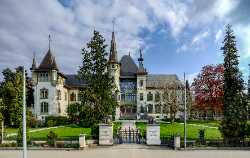 Bern Historical Museum
Bern
Bern Historical Museum
Bern
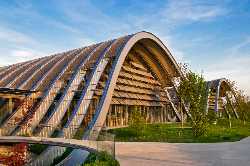 Zentrum Paul Klee
Bern
Zentrum Paul Klee
Bern
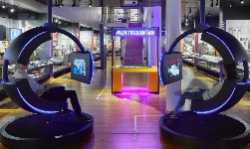 Museum of Communication
Bern
Museum of Communication
Bern
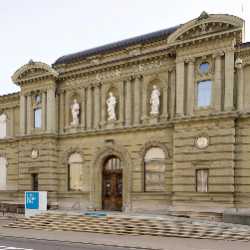 Kunstmuseum Bern
Bern
Kunstmuseum Bern
Bern
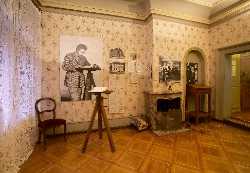 Einstein House
Bern
Einstein House
Bern
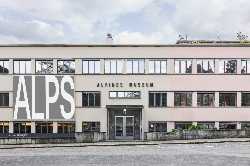 Alpine Museum of Switzerland
Bern
Alpine Museum of Switzerland
Bern
 Federal Palace
Bern
Federal Palace
Bern
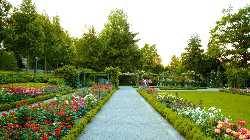 Rose Garden
Bern
Rose Garden
Bern
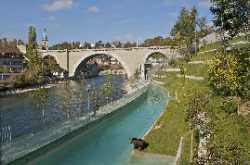 Bear Park
Bern
Bear Park
Bern
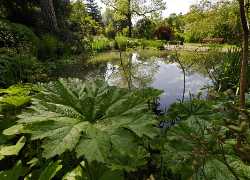 University of Bern Botanical Garden
Bern
University of Bern Botanical Garden
Bern
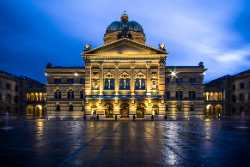 Bundesplatz
Bern
Bundesplatz
Bern
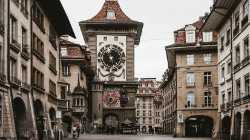 Zytglogge
Bern
Zytglogge
Bern
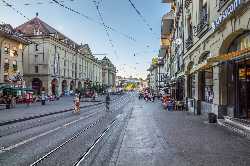 Kornhausplatz
Bern
Kornhausplatz
Bern
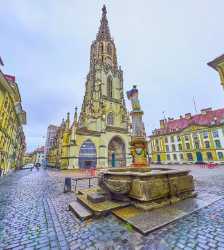 Münsterplatz
Bern
Münsterplatz
Bern
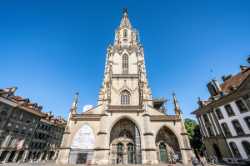 Bern Minster
Bern
Bern Minster
Bern
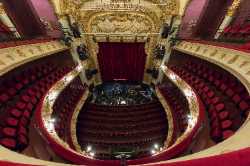 Bühnen Bern
Bern
Bühnen Bern
Bern
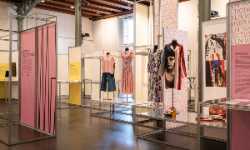 Kornhausforum
Bern
Kornhausforum
Bern
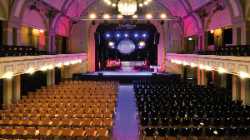 National Theater
Bern
National Theater
Bern
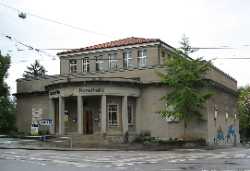 Kunsthalle Bern
Bern
Kunsthalle Bern
Bern
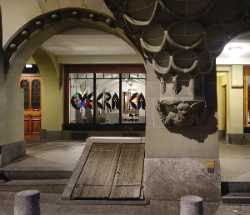 Galerie SOON
Bern
Galerie SOON
Bern
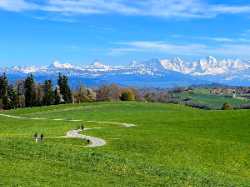 Gurten
Bern
Gurten
Bern
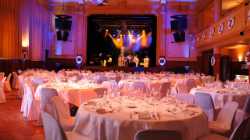 Bierhübeli
Bern
Bierhübeli
Bern
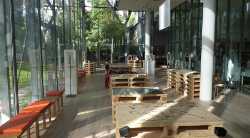 Kindermuseum Creaviva
Bern
Kindermuseum Creaviva
Bern
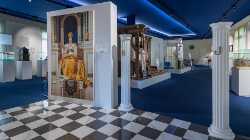 Musée Freimaurer Museum Schweiz
Bern
Musée Freimaurer Museum Schweiz
Bern
 Tram-Museum Bern
Bern
Tram-Museum Bern
Bern
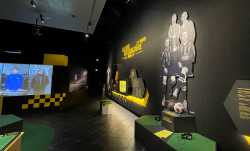 YB Museum
Bern
YB Museum
Bern
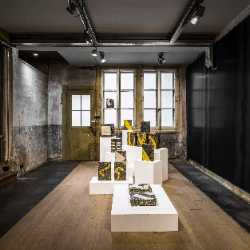 Kulturmuseum Bern
Bern
Kulturmuseum Bern
Bern
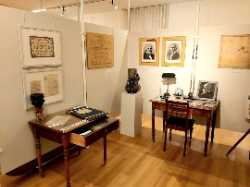 Psychiatrie‑Museum
Bern
Psychiatrie‑Museum
Bern
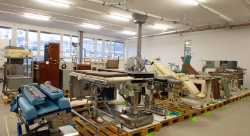 Medizinsammlung Bern
Bern
Medizinsammlung Bern
Bern
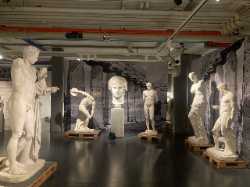 Antikensammlung
Bern
Antikensammlung
Bern
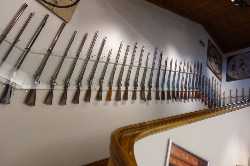 Schweizer Schützenmuseum Bern
Bern
Schweizer Schützenmuseum Bern
Bern
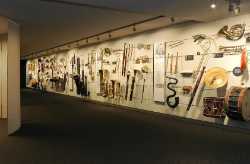 Klingendes Museum Bern
Bern
Klingendes Museum Bern
Bern
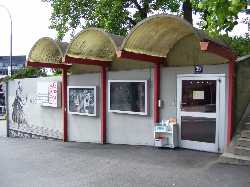 Schweizerische Theatersammlung
Bern
Schweizerische Theatersammlung
Bern
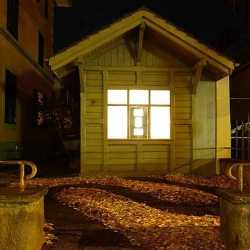 Das kleine Kunsthaus
Bern
Das kleine Kunsthaus
Bern
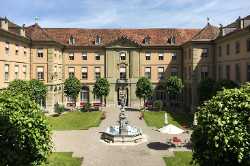 Berner Generationenhaus
Bern
Berner Generationenhaus
Bern
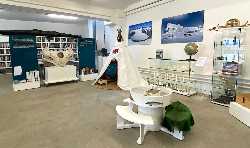 The Museum of Contemporary Circumpolar Art
Bern
The Museum of Contemporary Circumpolar Art
Bern
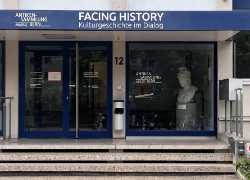 Facing History
Bern
Facing History
Bern
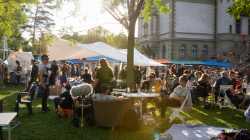 Museumsquartier
Bern
Museumsquartier
Bern
 Galerie Kunstreich
Bern
Galerie Kunstreich
Bern
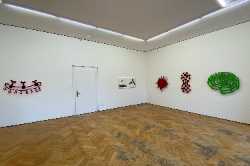 Galerie Bernhard Bischoff & Partner
Bern
Galerie Bernhard Bischoff & Partner
Bern
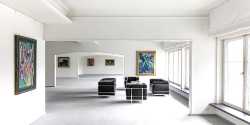 Galerie Henze & Ketterer
Bern
Galerie Henze & Ketterer
Bern
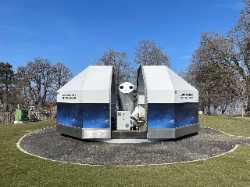 Sternwarte Gurten
Bern
Sternwarte Gurten
Bern
 Schlachthaus Theater Bern
Bern
Schlachthaus Theater Bern
Bern
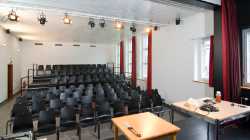 Theater Matte Bern
Bern
Theater Matte Bern
Bern
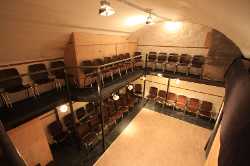 Zytglogge Theater
Bern
Zytglogge Theater
Bern
 Theater an der Effingerstrasse
Bern
Theater an der Effingerstrasse
Bern